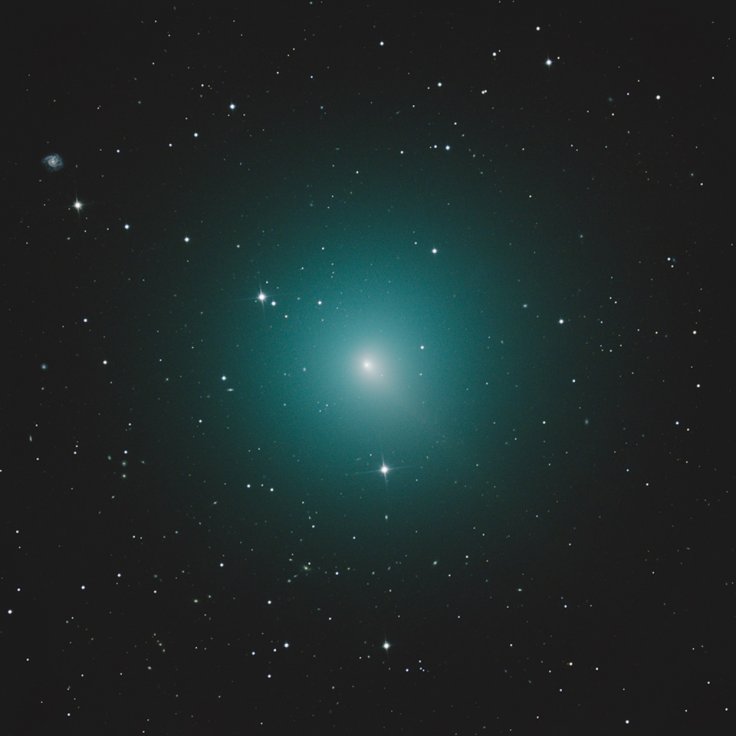Through NASA's solar satellite, amateur astronomers were able to discover a new comet that's currently approaching the Sun. Based on their observations, hydrogen has been erupting from the surface of the comet.
The newly found comet has been identified as C/2020 F8, which is also known as SWAN. It was named after the scientific instrument that detected it.
Discovering A New Comet

The comet was discovered on April 11 by the Solar Heliospheric Observatory (SOHO), a robotic spacecraft launched by NASA and the European Space Agency to observe the Sun. It was detected using SOHO's instrument known as the Solar Wind ANistropies, or SWAN. As they were reviewing the images captured using SWAN, a team of amateur astronomers came across the bright comet. According to the astronomers, SWAN's discovery came as a surprise especially since the instrument has been designed to detect the presence of hydrogen in space.
Specifically, SOHO uses SWAN to observe the effects of solar winds as they go through clouds of hydrogen-bearing compounds. Since the comet was detected by SWAN, it could mean that it was producing high levels of hydrogen from its surface.
Detecting Eruptions On SWAN's surface

According to Karl Battams of the Naval Research Lab in Washington DC, the comet is most likely emitting hydrogen in the form of water ice. He believes it was probably triggered by an outburst or eruption from the comet's surface.
"For SWAN to see a comet, it means the comet must be producing a fairly significant amount of hydrogen--often in the form of water-ice," Battams explained. "It's extremely likely that the comet is in 'outburst' mode. That is, some major eruption happened to this otherwise small and faint comet, releasing a massive cloud of hydrogen-rich volatiles. SWAN is picking up on this sudden dump of hydrogen into the inner solar system."
Current Trajectory Of Comet SWAN
According to observations on comet SWAN, the cosmic object is currently following a trajectory that will take it near the Sun, which is expected to happen in May. After that, the comet will cross the orbits of various planets, including Earth, as it proceeds with its deep-space journey.
It is not yet clear if the hydrogen outbursts will affect the trajectory of comet SWAN. If the eruptions continue to occur on the comet, its path towards the Sun could change. It is also possible that the comet will end up breaking apart if the outbursts continue.









